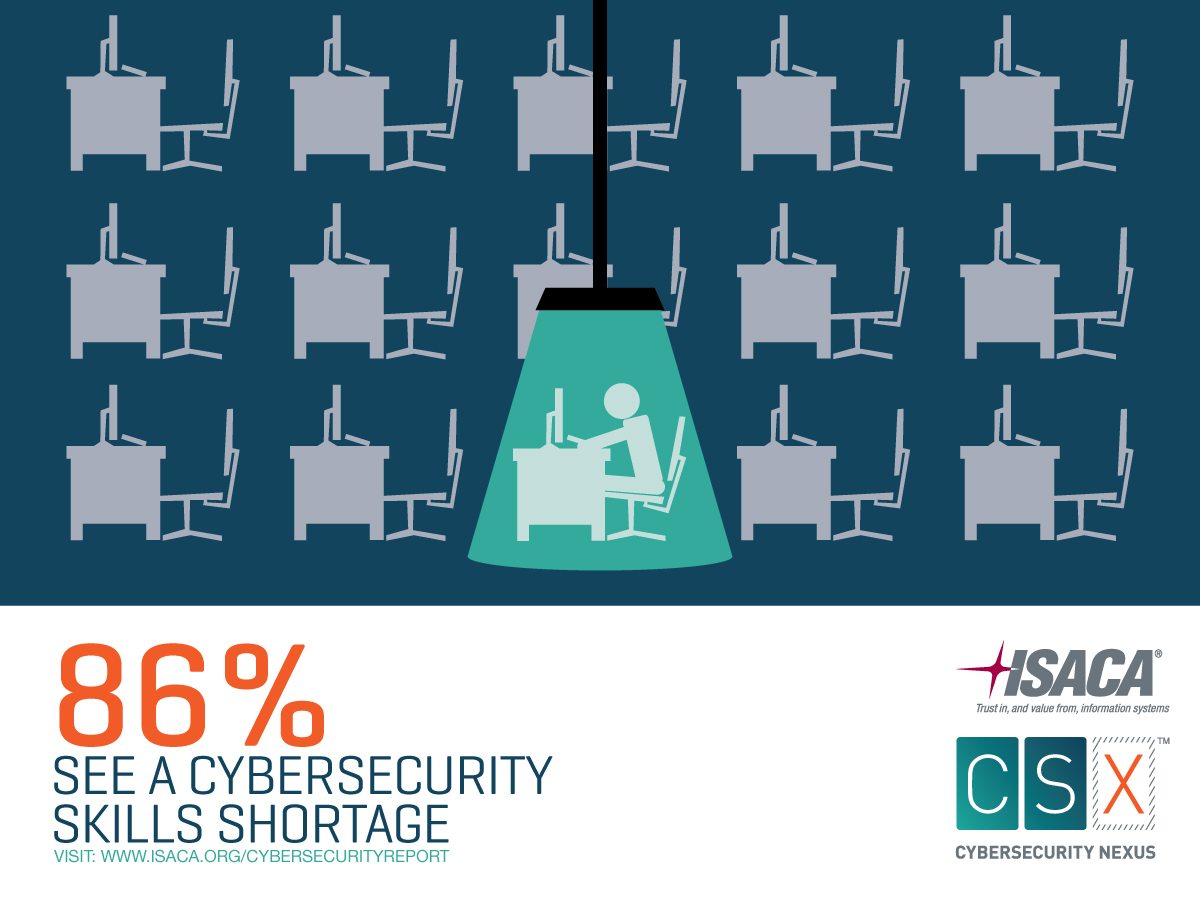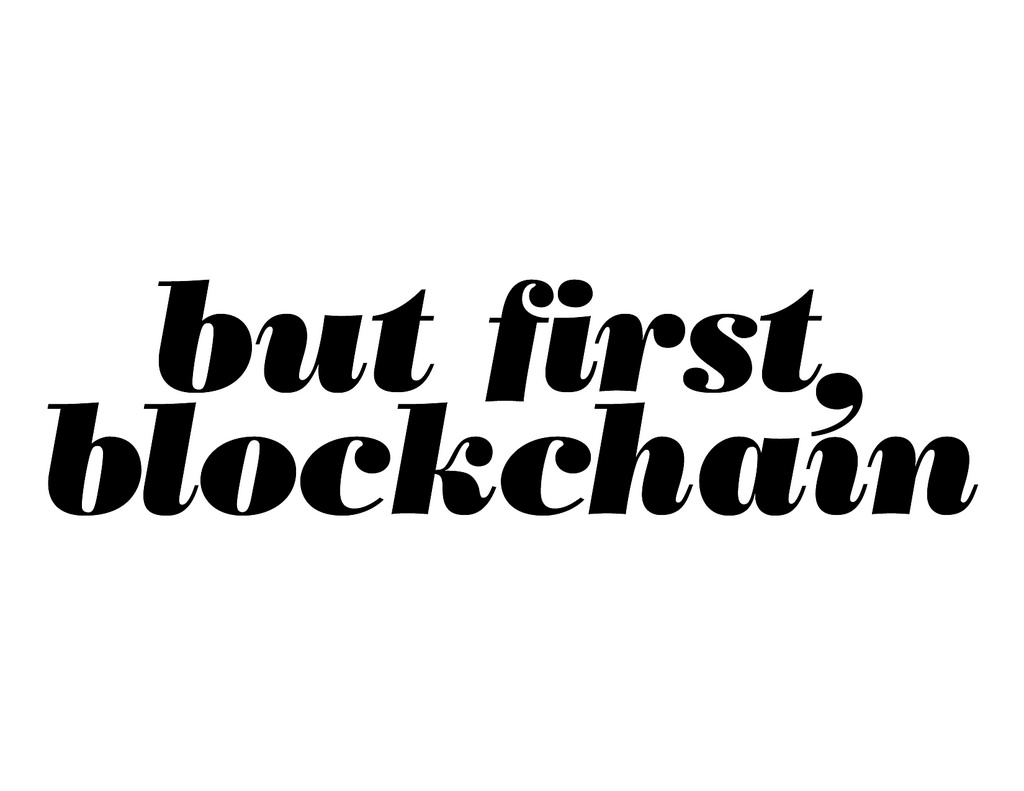Safety online is as important as safety in the world
Welcome back! I’m so excited to feature a piece on a topic that is incredibly relevant to youth of today: activism.
I, myself, have witnessed activism in all different forms over the last couple of weeks, whether that be meeting game changers at the Three Dot Dash summit or seeing the nation’s youth lead an entire walkout and march on the nation’s capital. Change is on it’s way, but while teens are aiming to achieve it, we have to make sure we are protecting our online identities.
A couple weeks ago, at a conference, one of my friends working in iOS app development asked writer-extraordinare and activist-figure Samhita Mukhopadhyay, the executive editor of Teen Vogue, what she does when she encounters trolls online. In response to this, she replied saying that she ignores trolls by “distancing herself” from social media and from technology in times when her activism is highly active. This got me thinking: if adults are feeling this way online, it’s almost certain that today’s youth are feeling so. Thus, as youth, we have to make sure we are taking precaution online at all times.
This piece, by a member of our Board of Advisors, Mr. Nick Espinosa, Chief Security Fanatic at Security Fanatics. Here, he shares invaluable advice to increase safety online and on social media. This is pivotal in today’s day, where our lives are becoming completely digitized. If our lives are online, shouldn’t we take ownership in keeping them safe, just as we do in reality?
Let’s read!
7 Ways to Keep Your Activism Safe
Whether you realize it or not, right now, we are witnessing a revolution led by the youth of today. There are many takeaways and lessons we can learn from the recent tragedies but the one we’re going to focus on in this piece is how students are using social media for positive change.
Information of any kind moves at blistering speed and it’s virtually impossible to stop. A single email travels the globe at roughly 3,000 miles a second! So it’s no wonder in the age of instant communication that students, who are usually very savvy with the latest apps, would be able to create a movement almost immediately in the aftermath of a horrible shooting and within hours not only attract hundreds of thousands of followers but also plan rallies, walkouts and media interviews. However, with this newfound capability comes the need to ensure the online safety and security of those who participate.
The ability these students displayed is a game changer on a global level. They set an example for the future of activism by showing that coordination and collective action for or against an issue can be crowdsourced and broadcast to the world with seemingly little effort. In the past we’ve seen student lead demonstrations and movements before. The 1960’s student movements in opposition to the Vietnam War was a universal rallying cry for the population that was at the age to be drafted into the military. They were under threat of being forced to fight and so the United States saw growing pockets of peaceful resistance to not only the war but also the notion of being forced to fight. What those students didn’t have though was the ability to create their own media presence and universally broadcast it to the world. There was no YouTube or Facebook back then which made getting the word out significantly harder. With those barriers gone the students of today can share almost universally.
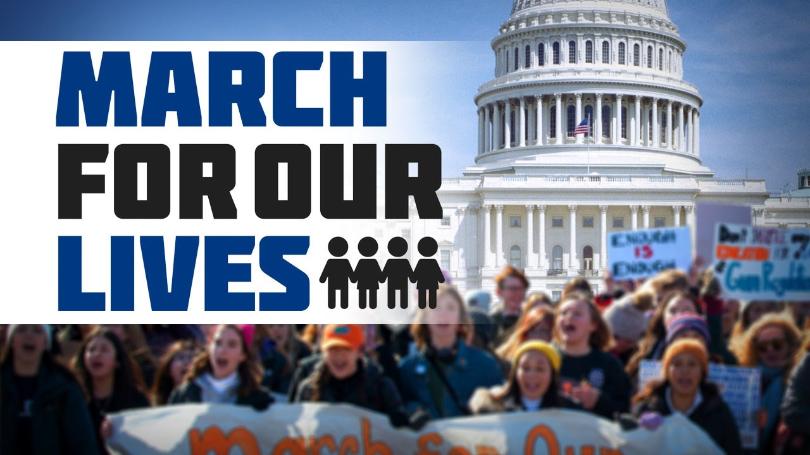
Source: KKTV
Conversely, like in the 1960’s, the opposition also watches and interacts with the movements they challenge or wish to dismantle. The institutions that supported the government action in the 1960’s spied on student movements(1). Today, law enforcement can simply data-mine this information, along with the providers of the platforms students use like Facebook or Twitter (2). In fact, even employers and prospective colleges want to have access to our social media handles before they decide on our future. This is the state of the world today and as such we need to ensure that we are keeping as safe as possible while we share public information and give out our political opinions.
If you are publicly supporting any movement online there are a few things you can do to help ensure your privacy:
1. Limit your personal posts when it comes to identifiable information. Your name will inevitably be out there but your email address, phone number, home address, the school you attend and more shouldn’t be. A hacker can harvest this information to use against you in various ways including tracking your movements so they know when you’re gone from your home, building fake social profiles in an attempt to friend you to get even more information or infect your computer.
2. Limit your publicly available account information. Ever seen a Facebook profile that wasn’t a friend of yours but you can view their pictures, friends, where they live and more? That’s due to a lack of privacy controls and that’s a problem many people face. Even if you are not connected with someone, they may be able to see this information about you when they should be seeing nothing. As an example, looking for my profile online will only bring you to my public page which is what I want the world to see. Everything about my personal profile is locked down. Even my name is not actually my name and I have no identifiable information that non-friends can see. Even the profile photo of me isn’t really me.
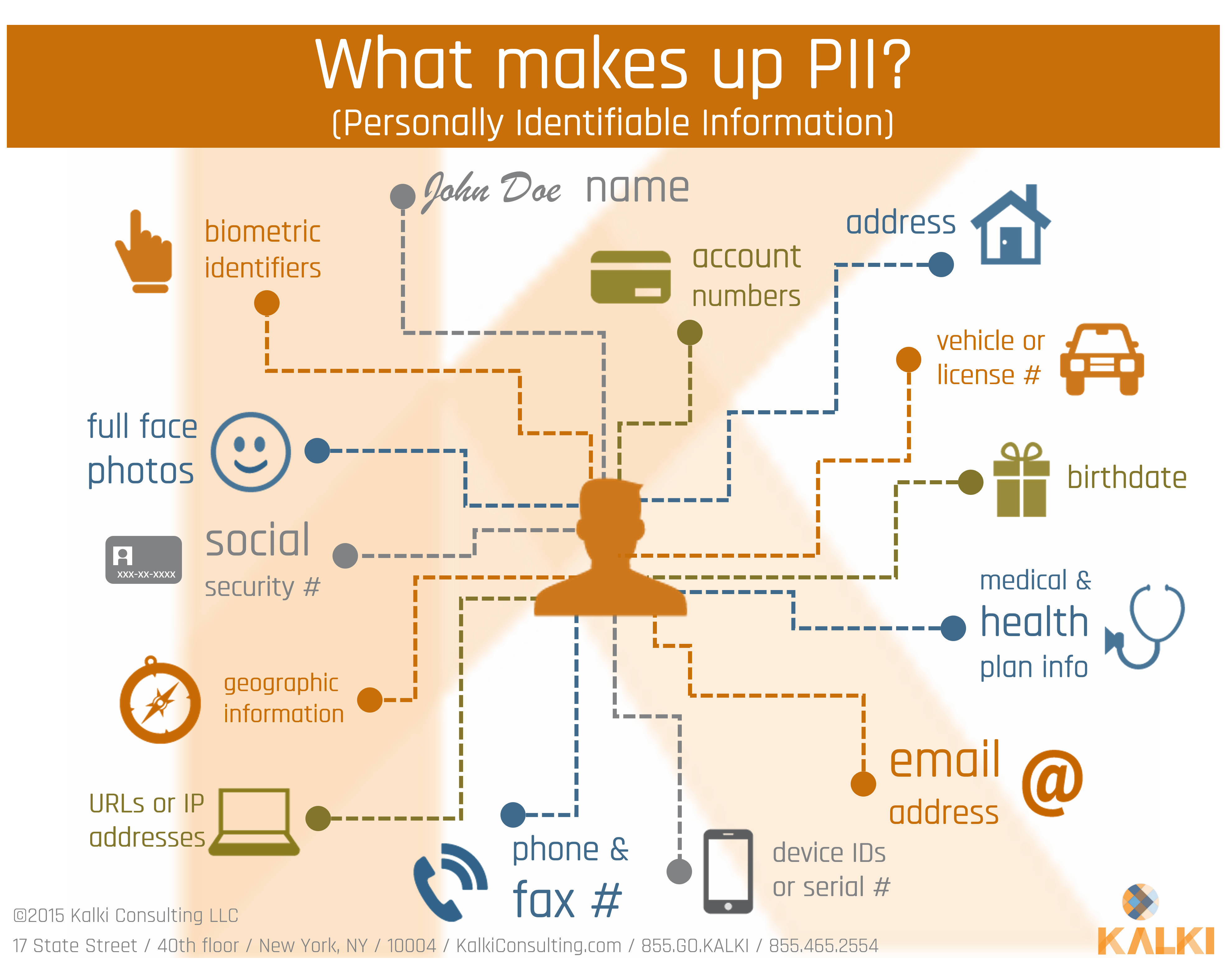
Source: Kalki Consulting
3. Check your privacy settings. This one is so critical. It becomes a real problem when “friends of friends” see your posts, since you may not know them at all. Just because they are friends with your one friend does not make them a safe connection. Make sure your settings are set so only your friends may really interact with you.
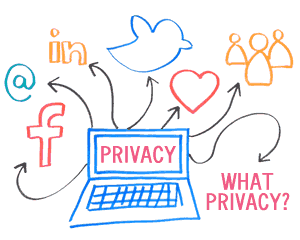
Source: Tes
4. Restrict who can see your past posts. As you’re enhancing your privacy make sure to use the Limit Past Posts so that no one except your friends can see any of your history. So many people miss this step and while their new posts are safe all their history isn’t. You find those settings here (3). Not all platforms have this ability though all should have them. Twitter also has the ability to turn all of your public Tweets private by making your account viewable only to your followers and Instagram has a similar feature. For Facebook, enabling new privacy settings doesn’t change the settings of all your past posts so using this option is beyond important for total privacy!
5. Challenge all of your friend requests. I wrote an article a while back on how I was paid to break into a CEO’s life and thanks to social media, it was very easy(4). That guy that sits next to you in math class may not actually be the one sending you the friend request. Don’t be afraid to ask a personal question for verification. Your friend in math class should be able to tell you who the teacher is or tonight’s homework. If he can’t he’s either really lazy in school or not who he says he is.
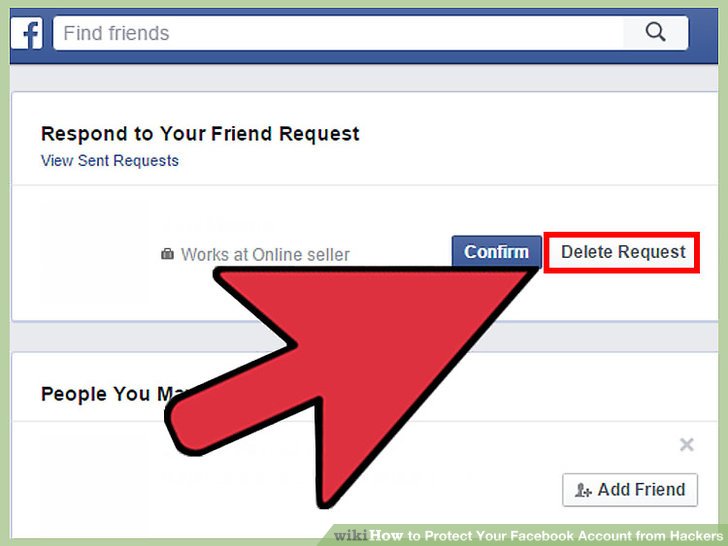
Source: wikiHow
6. Enable Two Factor Authentication (2FA) on EVERYTHING! This is so important, especially if you’re very public with your political/movement posts. Two Factor Authentication is a free security service from virtually every provider like Google, Facebook, Apple, Twitter, and on and on. This adds a second form of validation when you log into your account that helps prevent someone bad from hijacking your account, even if they have your password. This is so important and all you have to do is turn it on! Here is a list of social media sites with 2FA and how you can easily enable it! (5)

7. Finally, be aware of the world around you! It’s the little things that build your cybersecurity into something that will protect you significantly better and with a little effort it’s very easy to do. There are many ways for hackers to hit you and steal your data. Free WiFi is very easy to spoof and allows a hacker to hijack your phone. A random flash drive left in your local coffee shop is a common method to infect a computer so don’t pick it up! Phishing scams can steal your passwords or infect your devices (don’t forget that phones are a huge vector for infections!). Keeping up with Cybersecurity news, including the data breaches that affect us as well as news on the latest cyberattacks, viruses and device vulnerabilities takes little time but gives you a much better understanding of when and where you will need to defend yourself against hackers and sometimes even the websites and apps you use on a regular basis!
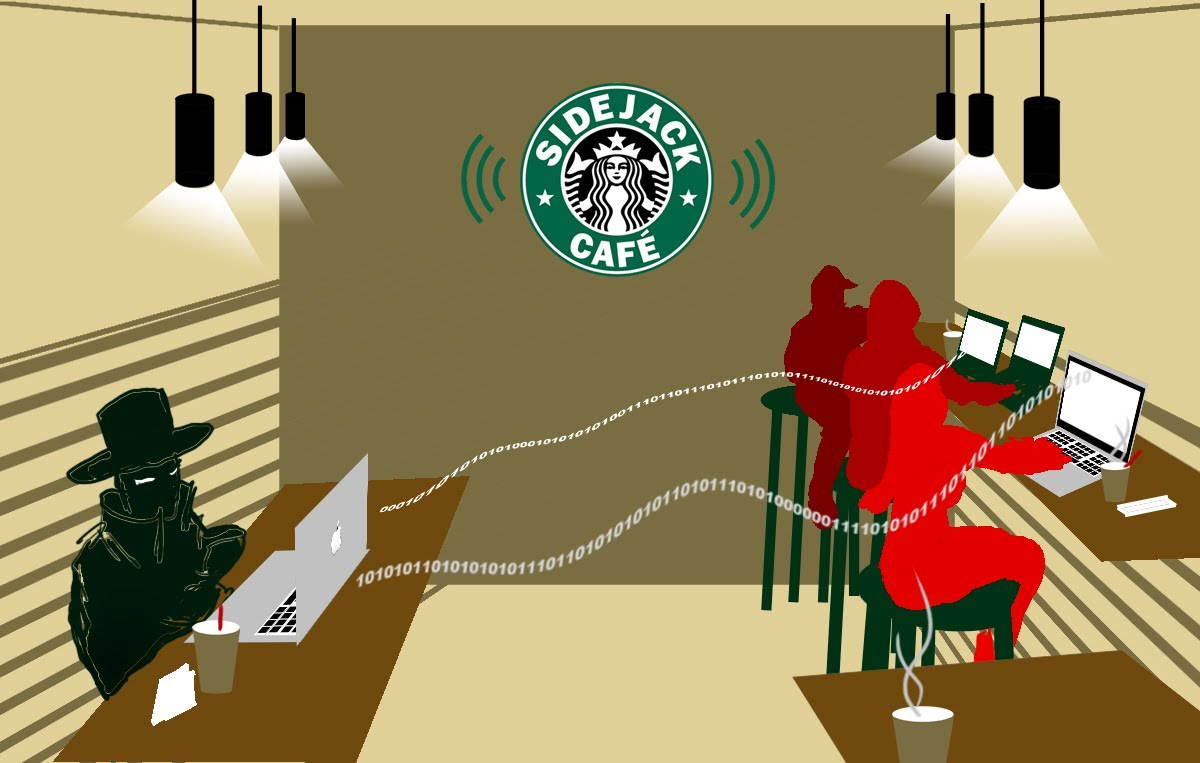
Source: Witty Feed
This post was prepared and accomplished by Mr. Nick Espinosa in his personal capacity. The opinions expressed in this article are the author’s own and do not reflect the view of any specific organization.
About the Author
 An expert in cybersecurity and network infrastructure, Nick Espinosa has consulted with clients ranging from small businesses up to the Fortune 100 level. Nick founded Windy City Networks, Inc in 1998 at age 19 and was acquired by BSSi2 LLC in 2013 where he is their CIO. In 2015 Security Fanatics, a Cybersecurity/Cyberwarfare outfit dedicated to designing custom Cyberdefense strategies for medium to enterprise corporations, was launched. A nationally recognized speaker, member of the Forbes Technology Council, regular columnist for Forbes, on the Board of Advisors for Roosevelt University’s Center for Cyber and Information Security, award winning co-author of a bestselling book “Easy Prey”, and host of “The Deep Dive” radio show on 101.3FM WHIW, Nick is known as an industry thought leader and sought after for his advice on the future of technology and how it will impact every day businesses and consumers.
An expert in cybersecurity and network infrastructure, Nick Espinosa has consulted with clients ranging from small businesses up to the Fortune 100 level. Nick founded Windy City Networks, Inc in 1998 at age 19 and was acquired by BSSi2 LLC in 2013 where he is their CIO. In 2015 Security Fanatics, a Cybersecurity/Cyberwarfare outfit dedicated to designing custom Cyberdefense strategies for medium to enterprise corporations, was launched. A nationally recognized speaker, member of the Forbes Technology Council, regular columnist for Forbes, on the Board of Advisors for Roosevelt University’s Center for Cyber and Information Security, award winning co-author of a bestselling book “Easy Prey”, and host of “The Deep Dive” radio show on 101.3FM WHIW, Nick is known as an industry thought leader and sought after for his advice on the future of technology and how it will impact every day businesses and consumers.
